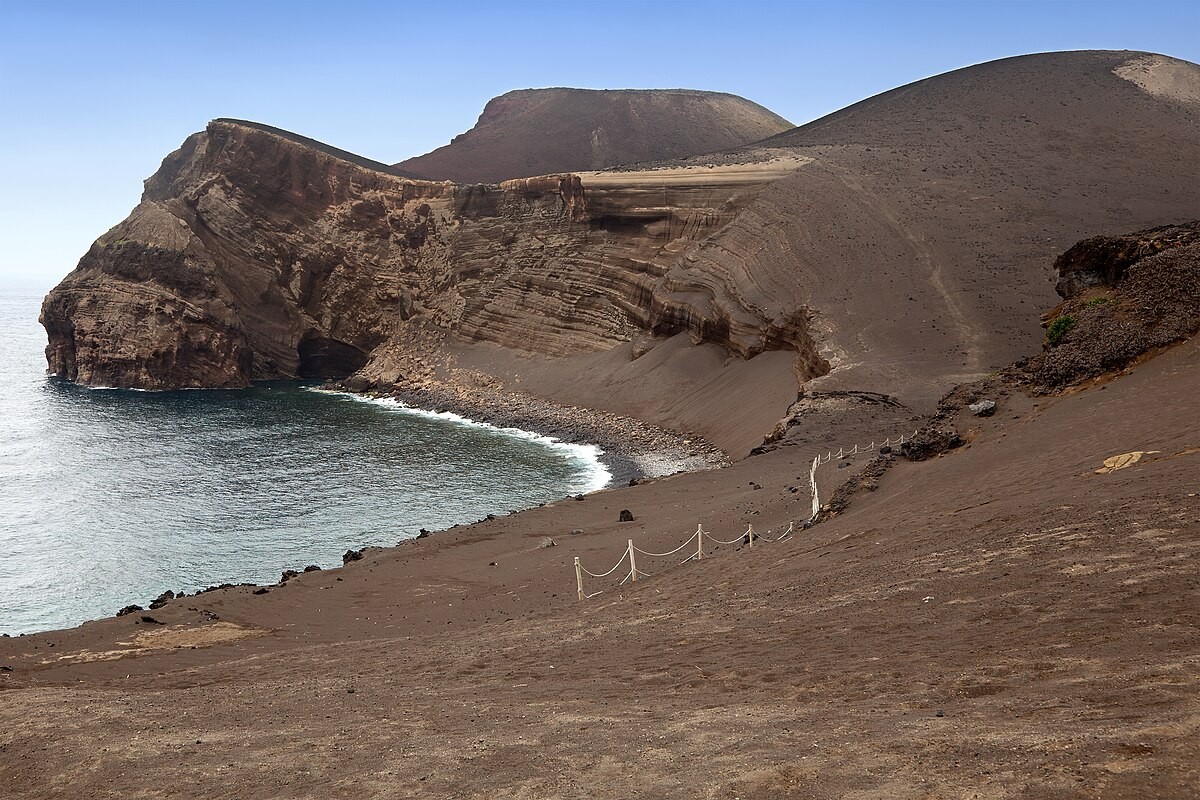
Exploring Capelinhos Volcano: A Guide to Faial Island’s Eruptive Marvel


Situated in the remote Azores archipelago in the North Atlantic Ocean, Faial Island is renowned for its stunning landscapes and unique geological formations. Among its most fascinating features is the Capelinhos Volcano, a site that offers an extraordinary glimpse into the powerful forces of nature that have shaped this part of the world. This guide provides a comprehensive look at the Capelinhos Volcano, offering insights into its history, geological significance, and tips for visiting.
A Brief History
Capelinhos Volcano, located on the western tip of Faial Island, erupted dramatically between September 1957 and October 1958. This event was one of the most significant volcanic eruptions in the Azores in recent history, and it transformed the island’s landscape. The eruption began with underwater explosions, which then led to a series of lava flows and ash falls that continued for over a year. As a result, a new landmass was formed, extending the island's territory and creating a stark, otherworldly terrain.
The eruption also had a profound impact on the local population. Villages in the affected area were abandoned, and many residents were relocated to safer parts of the island. The volcanic activity left a dramatic imprint on Faial's landscape, and the area around the volcano has been preserved as a site of geological interest.
Geological Significance
Capelinhos Volcano is an excellent example of a stratovolcano, characterized by its steep profile and explosive eruptions. The recent eruption is particularly notable because it provided scientists with valuable insights into volcanic processes and their effects on the environment. The new land created by the eruption includes a rugged terrain of ash and lava, with formations that are still being studied by geologists.
The volcanic activity not only reshaped the land but also impacted the local flora and fauna. The barren landscape initially lacked vegetation, but over time, nature has begun to reclaim the area. This ongoing process offers a unique opportunity to observe ecological succession, as new plant species gradually establish themselves in the volcanic soil.
Visiting Capelinhos Volcano
Getting There
Faial Island is accessible by air from mainland Portugal and other Azorean islands. The main gateway is Horta Airport, which is well-connected to the rest of the archipelago. Once on Faial, visitors can reach Capelinhos Volcano by car, with the journey from Horta taking about 30 minutes. The drive is scenic, offering beautiful views of the island's varied landscapes.
What to See
1. Visitor Center and Interpretation Center: The Capelinhos Volcano Interpretation Center is a must-visit for anyone interested in the geological and historical aspects of the eruption. Located near the volcano, the center provides interactive exhibits, multimedia presentations, and detailed information about the eruption’s impact on the island. It also houses a museum with artifacts from the eruption, including photographs and personal stories from the affected residents.
2. Volcanic Landscape: The area surrounding Capelinhos is characterized by a dramatic, moonscape-like terrain of black volcanic ash and lava. Walking trails allow visitors to explore this unique landscape, offering views of the newly formed land and the remnants of the eruption. The landscape is both stark and beautiful, with sweeping vistas of the Atlantic Ocean.
3. Lighthouse: The Capelinhos Lighthouse, partially buried by volcanic ash during the eruption, is a striking symbol of the event. The lighthouse stands as a poignant reminder of the eruption's impact, and visitors can climb to the top for panoramic views of the surrounding landscape.
4. Hiking Trails: Several hiking trails wind through the volcanic landscape, providing opportunities for exploration and reflection. These trails vary in difficulty, catering to both casual walkers and more experienced hikers. Along the way, visitors can enjoy breathtaking views of the island and the ocean, as well as observe the ongoing process of ecological succession.
Tips for Visiting
Wear Appropriate Footwear: The volcanic terrain can be rough and uneven, so sturdy hiking boots or shoes with good grip are recommended.
Bring Water and Snacks: There are limited facilities in the immediate area, so it’s a good idea to bring supplies with you.
Check Weather Conditions: The weather in the Azores can be unpredictable. It’s wise to check the forecast before your visit and dress in layers.
Respect the Environment: As a protected area, it’s important to follow all guidelines and respect the natural environment. Stick to marked trails and avoid disturbing the local wildlife.
Conclusion
Capelinhos Volcano is not just a geological marvel but also a symbol of the dynamic and ever-changing nature of our planet. Its recent eruption has left a lasting legacy, both in terms of its impact on Faial Island and its significance for scientific study. Visiting Capelinhos offers a chance to witness the raw power of nature and to reflect on the ways in which natural events shape our world. Whether you are a geology enthusiast, a nature lover, or simply curious about the forces that have sculpted this remarkable landscape, Capelinhos Volcano is a destination that promises a unique and unforgettable experience.

